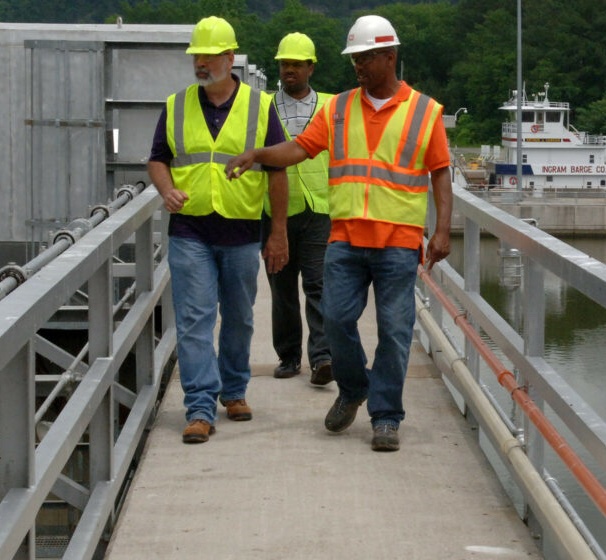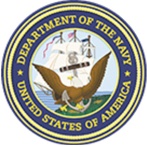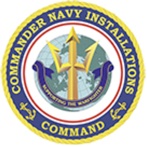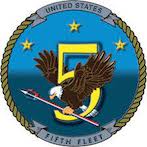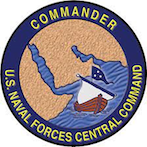Several defense barriers can protect ports, harbors, and other coastal areas from threats such as storms, tsunamis, attacks, erosion by boats or submarines, and high tide wave current. Some of these options include: Marine defense barriers
Breakwaters
These are artificial structures made of rock, concrete, and oyster shells built offshore that run parallel to the coastline. These structures either remain submerged partially or visibly float on the water.
The purpose behind constructing breakwaters is to break the force of waves, protecting vessels and the shoreline from the full force of the waves and preventing beach erosion.
In doing so, it offers resistance and plays a significant role in coastal area management in areas prone to high tidal currents. Additionally, they also become sites for soil deposition near the coastline and create a space for anchoring ships.
Seawalls
These are other vertical marine structures built along the shoreline to protect against storm surges and waves. They are made of concrete, steel, or other materials and can be designed to absorb the impact of waves or reflect them back into the sea.
While the height of a seawall depends on the coastal area, the difference between the mainland and the beach level is considered for construction purposes.
It simply reduces, lessens, and limits the impact of a high wave, current, or tide and prevents overtopping and flooding of the land and the buildings behind it caused by storm surges and waves. The seawall is instrumental in protecting promenades, roadways, and homes situated seaward of the crest edge of the natural beach.
Revetments
Revetments are another kind of Marine Security Barrier/embankments, which are sloping structures on the top of soft earth made of stone, concrete, or other materials. They primarily absorb the energy of waves and protect the shoreline from erosion.
Gabions
These are welded wire mesh-based cylinders containing inorganic materials like rock or other materials. They are available in three forms – gabion basket, mattress, and sack gabion that can be stacked to form a barrier against waves and storms to control soil erosion and flood and reinforce the strength of the architecture.
Gabions are also used for dam construction, dikes, bed protection, bank stabilization, etc.
Barrier Reefs
These are natural or artificial reefs built offshore to break the force of waves, prevent coastline damage, and protect the shoreline. Barrier reefs can be made of rock, concrete, or other materials.
Floating Barriers
These are chain-like structures made of steel, concrete, and other materials connected to each other via shackles and swivels.
The shackles and swivels link the
floating barriers with each other without bending them. They are used for military-sensitive coastal area protection and port facility security assessment. They also create a barrier against boats or submarines.
Underwater Nets
These durable steel wire nets anchored to the seafloor can be deployed deep underwater. They are physical barriers using sensors to detect any invasion that makes it difficult for unauthorized vessels or submarines to enter a restricted area. They may also be used in case of underwater threats.
Each marine defense barrier fulfills a specific purpose, and each has its application depending on the specific need and conditions of the area being protected and the level of a threat being addressed.
Halo Maritime Defense System is a member of TMA Blue Tech, The American Society For Testing And Materials, with unparalleled expertise in marine barriers, port security barriers,
maritime defense system services, etc.
They have been innovating in the area of advanced marine engineering services and continue to successfully deploy defense barriers and gate systems at national and international levels to protect valuable assets via superior marine defense systems that never drop the guard. Visit the website or
contact us at (603) 259-4400 for more insights and the nature of services.
